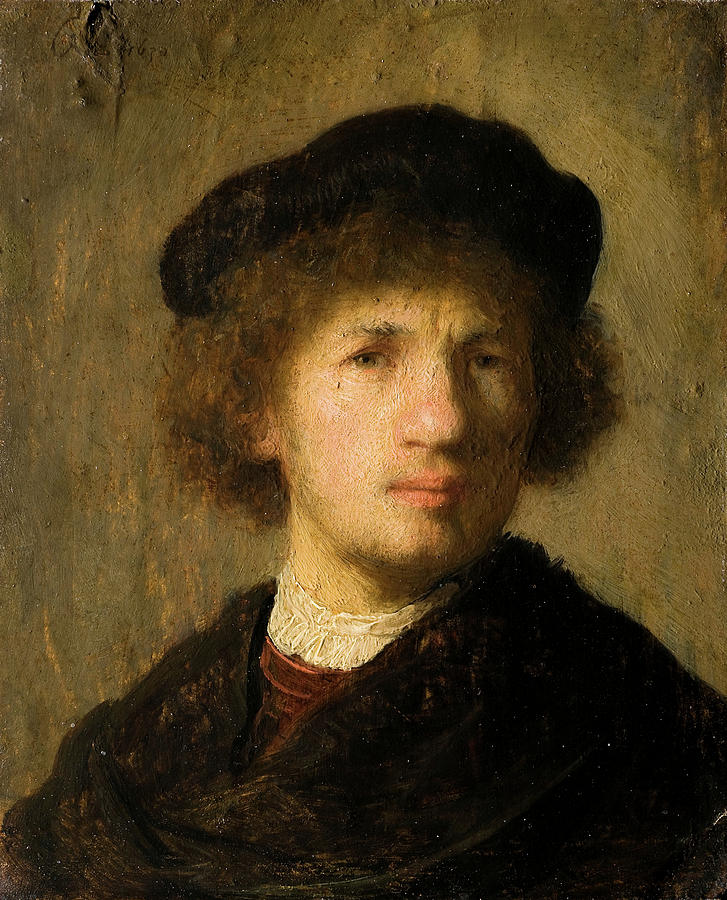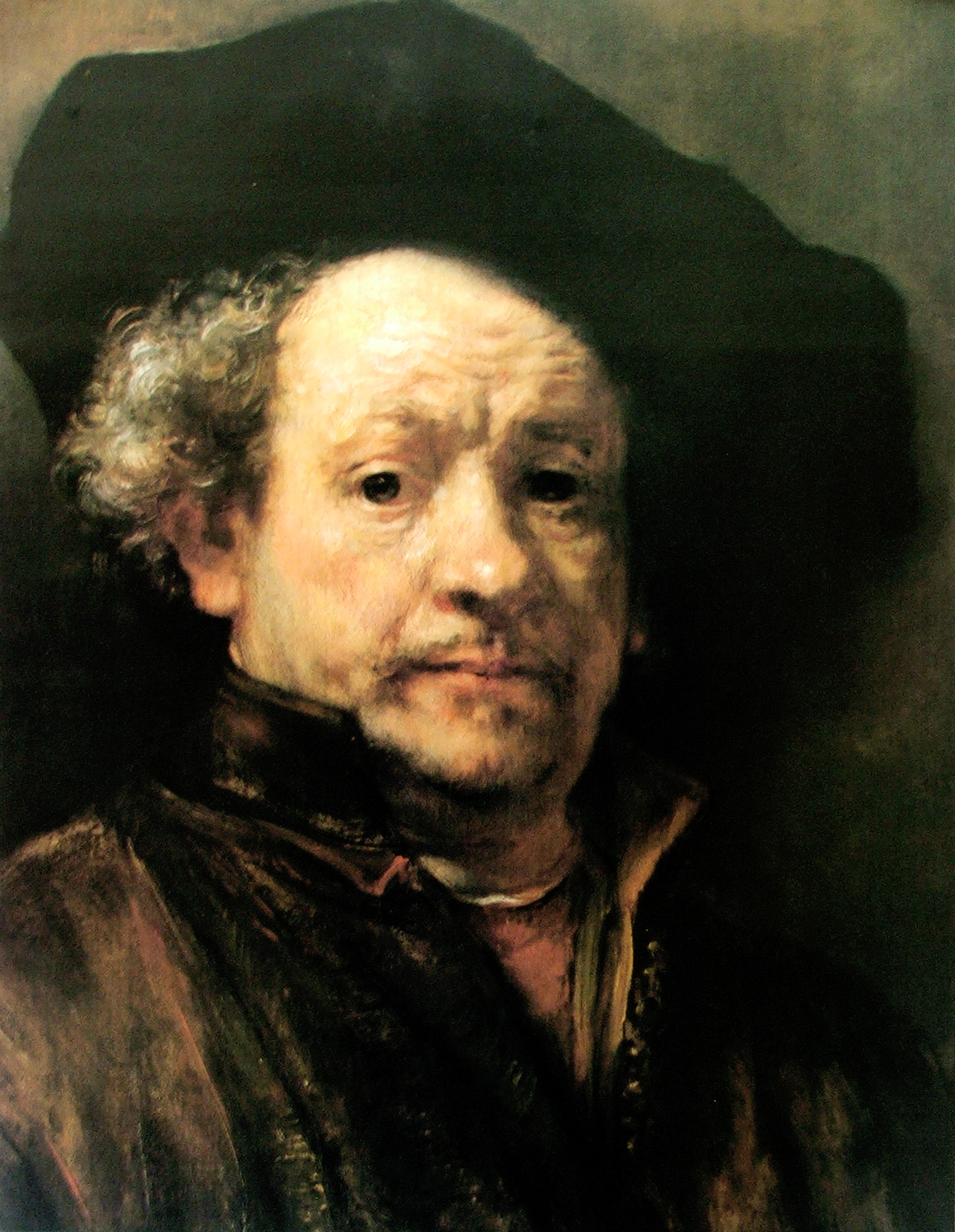


For many years it wasn't considered a genuine Rembrandt. A self-portrait by Rembrandt van Rijn (1606-69) was knocked down for 12.6m. Now you can really see all the flesh tones and other colours, as well as the way in which the paint has been handled – it’s now much easier to appreciate it as a Rembrandt.' X-Radiograph of 'Self-portrait, wearing a feathered bonnet' in the collection at Buckland Abbey in Devon. The varnish was so yellow that it was difficult to see how beautifully the portrait had been painted. Rembrandt’s Self-Portrait as a Young Man, also known as Self-Portrait with Dishevelled Hair, c1628, left, and Half-length Figure of Saskia in a Red Hat, 1642, right. 'The key element for me has been the cleaning. The artist’s signature was also analysed and other processes used for further investigative work.ĭavid Taylor, our paintings and sculptor curator said: 'The debate over whether this is or isn’t a Rembrandt has been on-going for decades. 'Careful cleaning and removal of several layers of aged and yellowed revealed the original colours and painting style beneath which was much more detailed and gave a three-dimensional appearance to the fabric in Rembrandt’s cloak.' 3o6 exhibition and book reviews of course.
Rembrandt portraits series#
'The self-portrait went through a series of investigate analyses to include close visual examination under magnification, infra-red reflectography, x-radiography, raking light photography and pigment and medium analysis. Rembrandt van Rijn, Self-Portrait in a Soft Hat and Embroider. His assurance led us to send the painting away for further scientific analysis.Ĭhristine Slottvedd Kimbriel, Paintings Conservator at HKI said: 'When the painting arrived we felt that a thorough technical examination would aid the reassessment of the painting’s authorship and we hoped that the findings could help to verify if it was definitely by Rembrandt.

Previously thought to be ‘school of Rembrandt’, Ernst van de Wetering, the world’s leading Rembrandt expert, concluded that the painting may well be a genuine after seeing it again in 2012. After undergoing eight months of painstaking investigative work at the world famous Hamilton Kerr Institute (HKI) in Cambridgeshire - and re-examination by the world’s leading Rembrandt expert - this now famous self-portrait, the original ‘selfie’, is the first Rembrandt in the Trust's collection of 13,500 paintings.


 0 kommentar(er)
0 kommentar(er)
